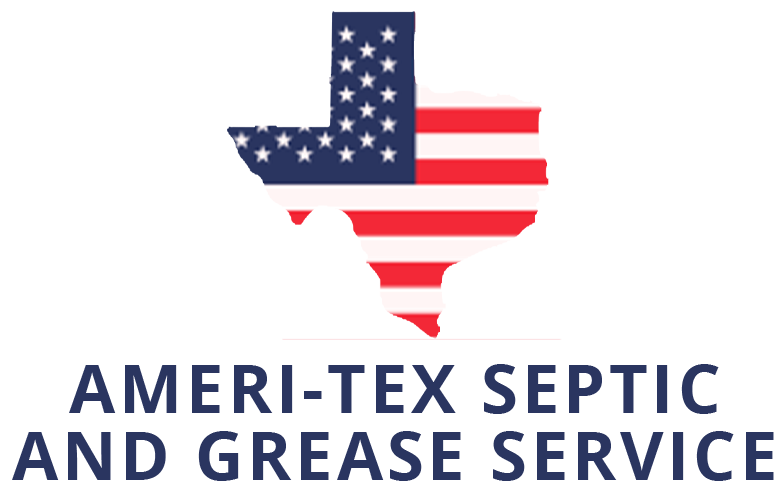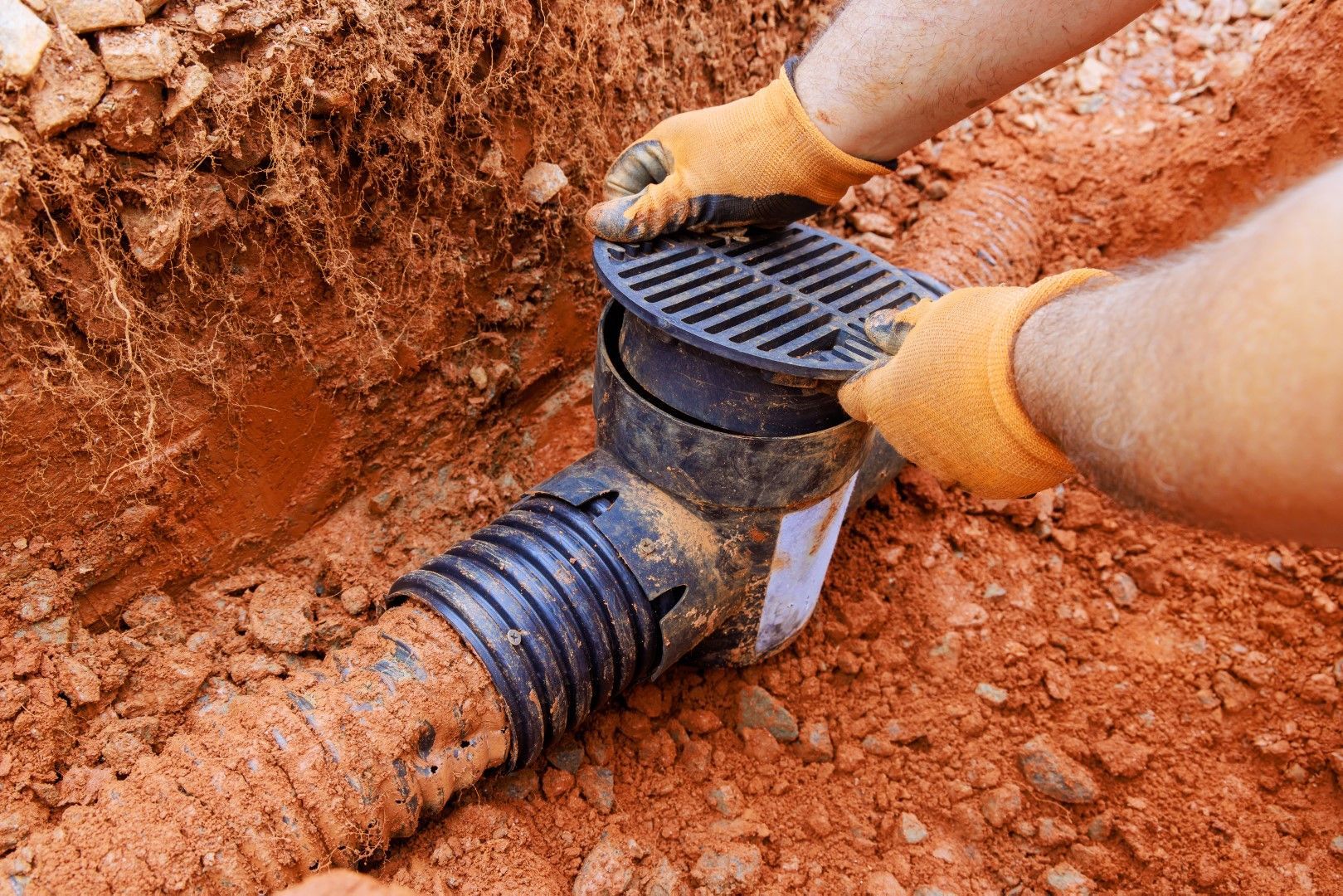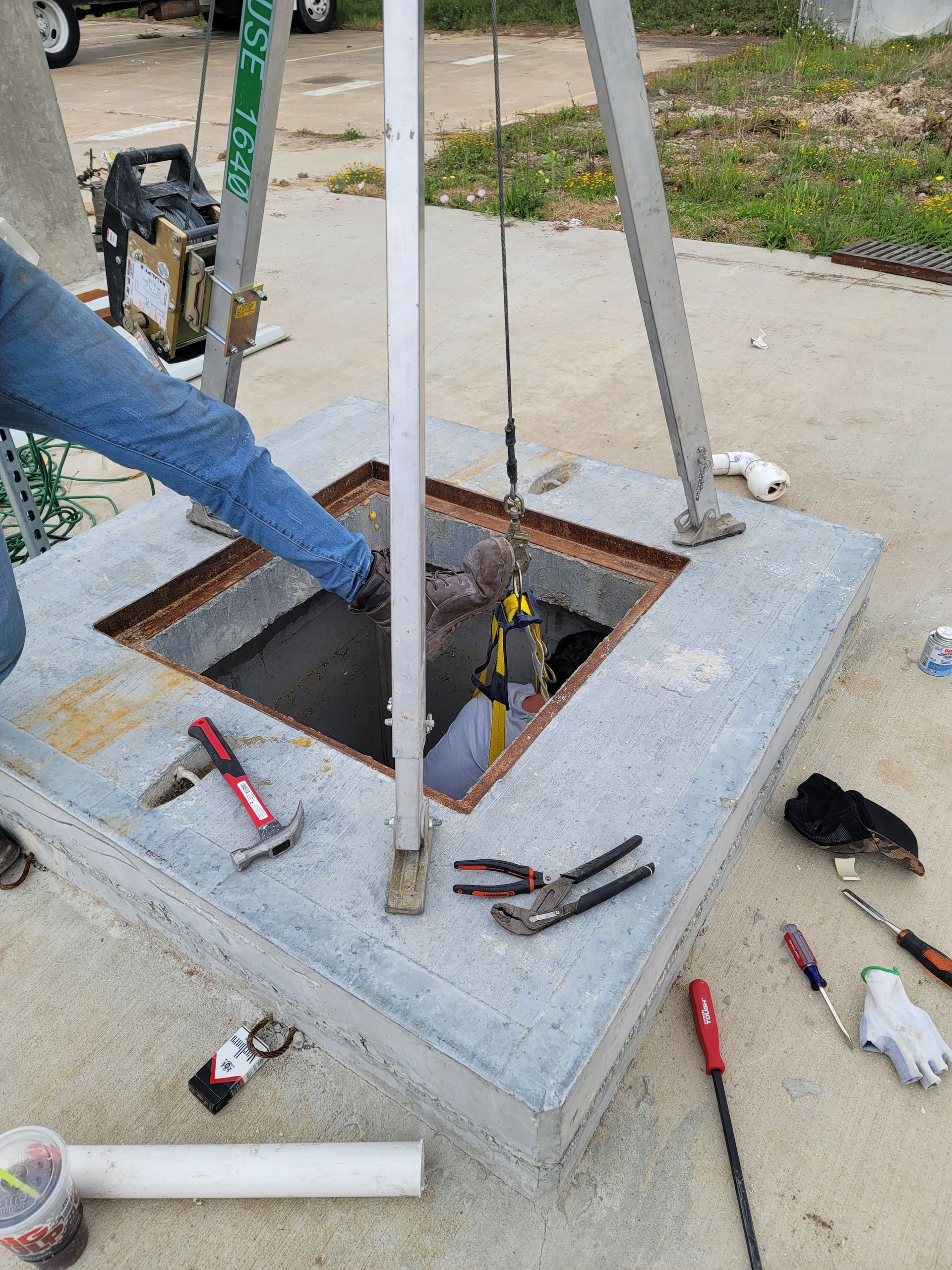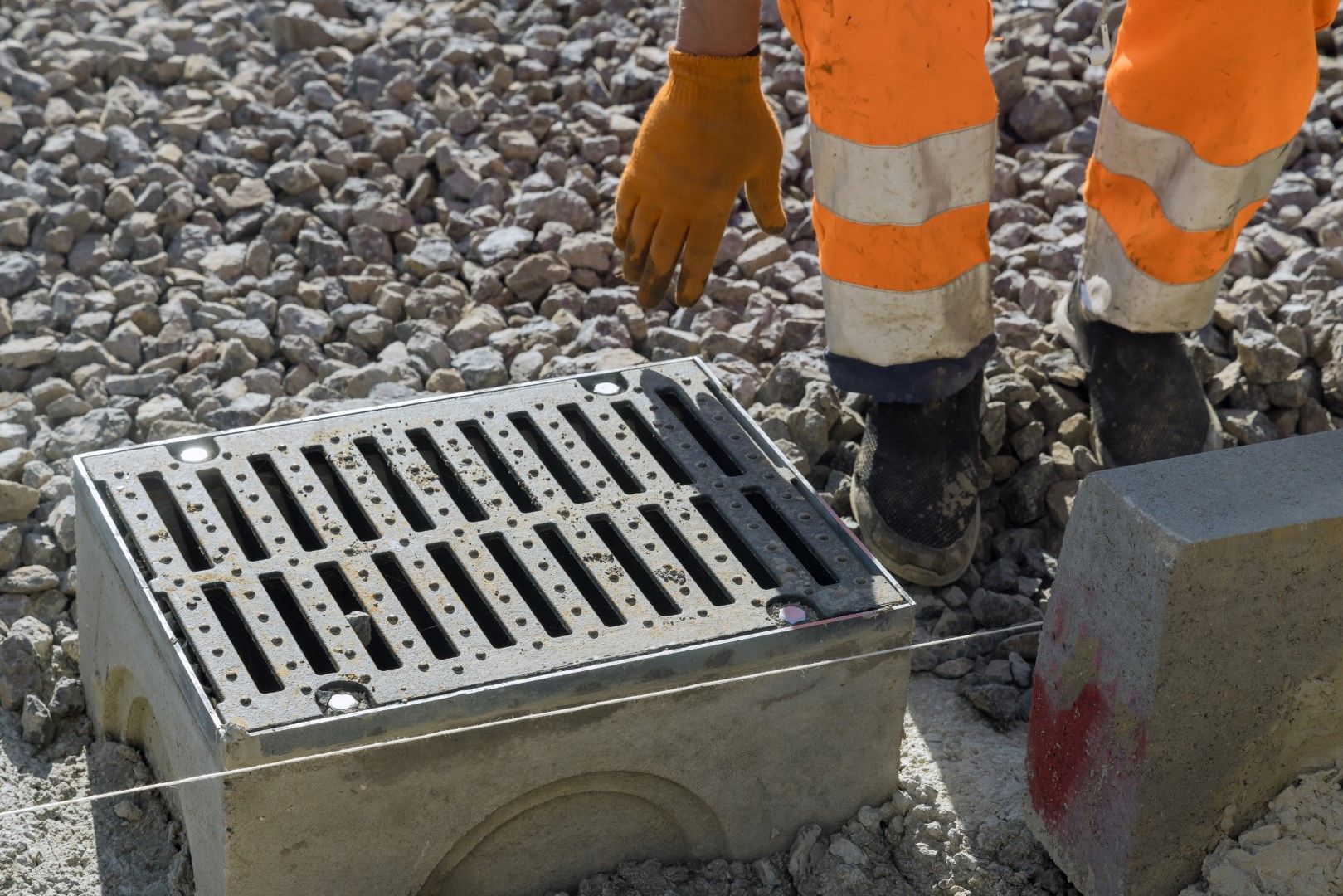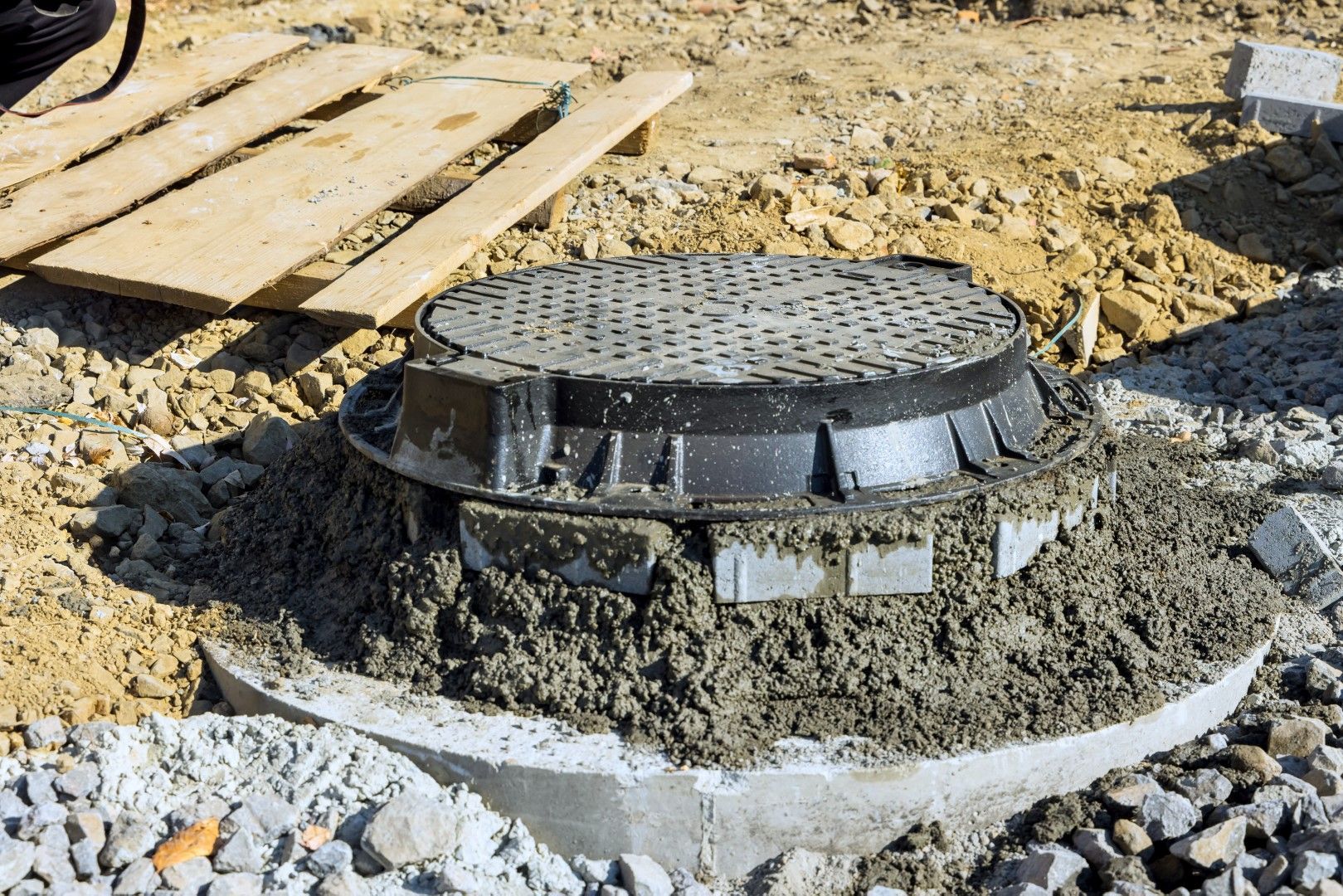Tree roots naturally seek moisture and nutrients, making septic systems an attractive target. Root intrusion can lead to blockages, leaks, and even system failure. Preventing root intrusion is essential for maintaining the efficiency and longevity of your septic system. At Ameri-Tex Septic and Grease Service, we offer expert advice to help you safeguard your system against root-related issues.
Understanding Root Intrusion in Septic Systems
Roots can infiltrate septic systems through small cracks or joints in pipes, seeking the moisture and nutrients within. Once inside, they grow, causing blockages and structural damage. Over time, this can lead to significant operational problems and costly repairs.
Strategies to Prevent Root Intrusion
Thoughtful Landscaping
Plant trees and shrubs at a safe distance from your septic system components. Species with aggressive root systems, such as willows and maples, should be planted even farther away to prevent potential intrusion.
Regular Inspections
Scheduling routine inspections allows for early detection of root intrusion. Professional assessments can identify vulnerabilities and address them before they escalate into major issues.
Physical Barriers
Installing root barriers between vegetation and septic components can deter roots from reaching pipes and tanks. These barriers are typically made of durable materials designed to redirect root growth away from sensitive areas.
Chemical Treatments
Applying safe, approved chemical root inhibitors can prevent roots from growing near your septic system. These treatments should be used cautiously and in accordance with environmental regulations to avoid harming beneficial soil organisms.
Importance of Professional Maintenance
Engaging professionals for regular maintenance ensures that any signs of root intrusion are promptly addressed. At Ameri-Tex Septic and Grease Service, we provide comprehensive inspections and maintenance services to keep your system functioning optimally.
Consequences of Neglecting Root Intrusion
Ignoring root intrusion can lead to severe blockages, system backups, and environmental contamination. Additionally, repairing damage caused by roots is often more costly than preventive measures. By implementing these preventive strategies and partnering with experienced professionals, you can protect your septic system from root intrusion, ensuring its efficiency and extending its lifespan. For expert assistance and to schedule a maintenance service, contact us today!

